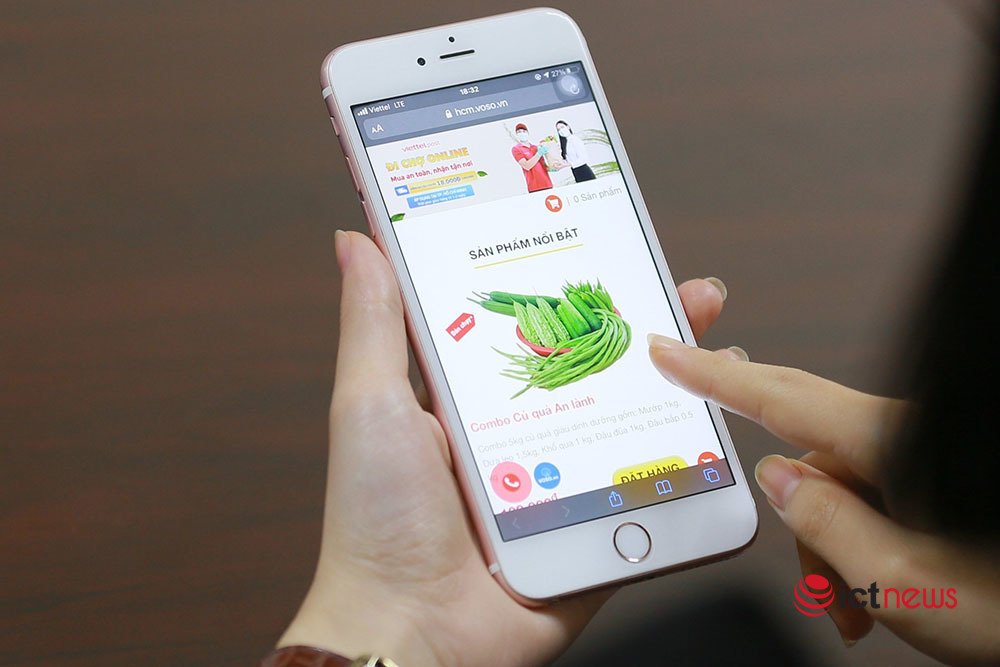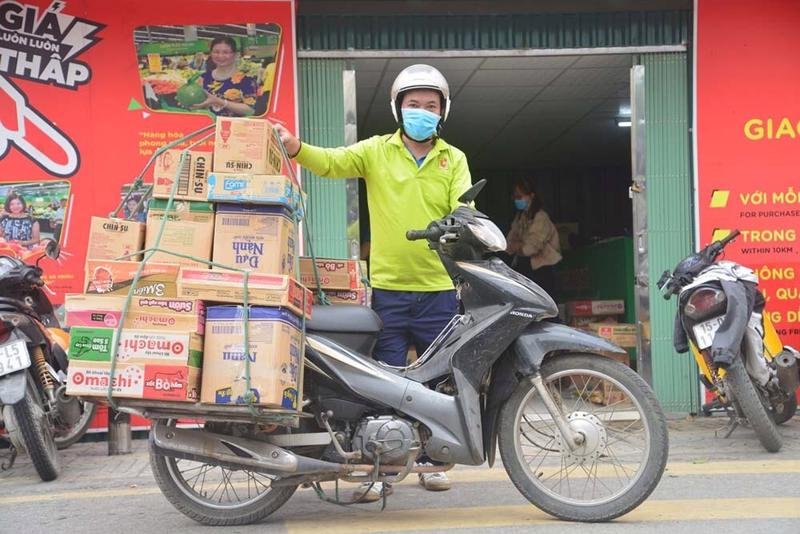HIGHLIGHTS
- Distribution enterprises have actively stocked goods, ensuring there is no shortage of local goods.
- All regions are guaranteed supply at supermarkets, markets, food selling points. There are also mobile sales points.
- Vehicles involved in the transport of goods need identification codes or road permits
FULL ARTICLE
In particular, partition 1 will include 15 administrative units, including the entire administrative boundaries of 10 districts: Tay Ho, Ba Dinh, Cau Giay, Hoan Kiem, Dong Da, Hai Ba Trung, Thanh Xuan, Ha Dong, Thanh Tri, Hoang Mai and part of the administrative boundaries of 5 districts/districts: Nam Tu Liem, Bac Tu Liem, Hoai Duc, Thanh Oai, Thuong Tin.
Distribution of goods in zones 1
In this partition, the Hanoi Department of Industry and Trade said that the form of purchase is: People are given vouchers twice a week by the People’s Committee of the district to each household in the district to buy goods at selling points. In case people buy goods in the form of online purchases, goods supply units deliver goods through delivery staff according to the areas of the districts.

Ms. Tran Thi Phuong Lan – Director of Hanoi Department of Industry and Trade said that distribution businesses have actively stocked goods 2-3 times higher than normal demand, stored in warehouses inside and outside zone 1, to ensure no shortage of local goods.
In region 1, the city has 78 supermarkets, 149 markets, 5,095 food, and essential food points. In addition, 35 businesses and 565 essential goods supply locations have online sales, 927 locations are ready to requisition as warehouses and mobile sales points when needed. These systems ensure the supply of goods for about 3.78 million people.

In addition, in areas with few supermarkets, convenience stores, or districts with many closed markets, the Department of Industry and Trade will work with localities and businesses to open mobile sales points. People will be informed by the People’s Committees of the wards/communes about the specific time and location of the mobile sales points.
The Hanoi Department of Industry and Trade asked the local government to ensure the normal circulation of transport vehicles through the city’s checkpoints and partitions so that the supply would not be interrupted. In the isolation and blockade area in the red zone, district governments can mobilize residential groups, women’s unions, youth, shippers… to deliver goods to each household or epidemic control checkpoints.
To ensure the transportation and supply of goods to people, specialized departments review the list of essential goods transport vehicles and send them to the Hanoi City Police to issue identification codes (for cars) and issue road permits to the motorcycle. Cars are allowed to operate following regulations on the supply and transportation of goods from provinces and regions to region 1. Shippers only operate in zone 1.
Distribution activities in zones 2 and 3
The Hanoi Department of Industry and Trade also confirmed that food, groceries, and essential commodities to meet the consumption needs of people in regions 2 and 3 will be available at this time. People can purchase necessities at 23 supermarkets, 300 markets, 4,451 convenience stores, 354 gas stations, and approximately 1,500 mobile sales terminals…
Currently, Hanoi has 51,111 cars issued with QRCode; 26,133 motorbikes are issued with QR codes of the Department of Transport. It is expected that the Department of Transport will mobilize 528 trucks of enterprises to participate in the supply and transport of goods.

According to the Hanoi Department of Industry and Trade, the city always ensures that the source of goods is completely prepared and that enough items are coordinated and supplied to people in the area. People do not need to shop and stockpile; instead, they should buy enough for every three days, according to their shopping plan.
Van Anh
FURTHER READING:
Inland waterway is to be “green channel”?













